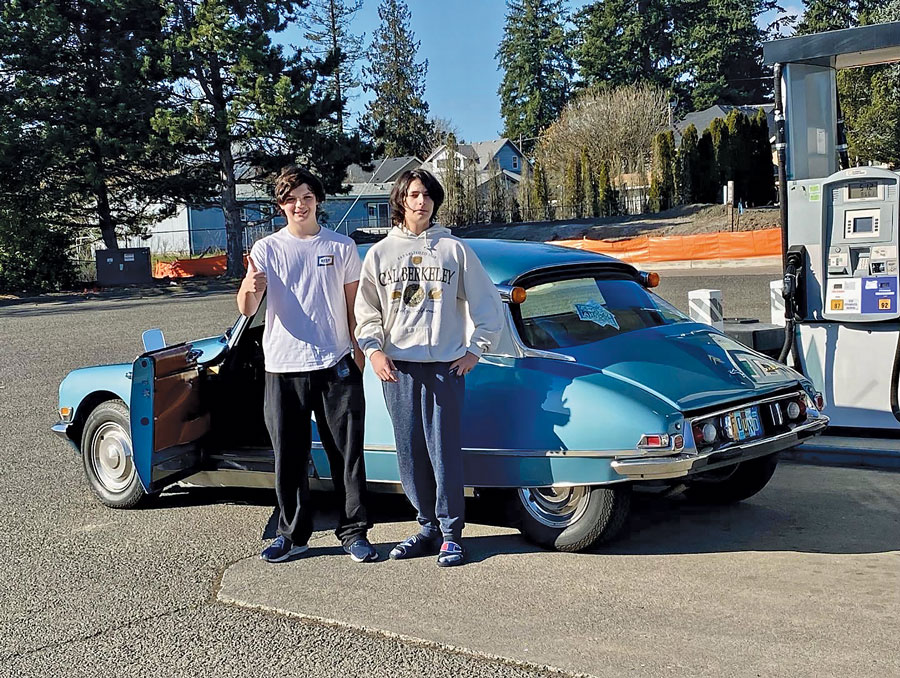“Dad, it’s like a U-shape. ‘Start’ is to the far left, then you move the wand across the steering column to get to the other gears.” That’s how my 14-year-old son Bradley explained the arcane and obtuse shifting pattern of the Citromatic transmission in our 1971 Citroën DS21 Pallas. When I told this story to…
The Market Ate My Sporto

